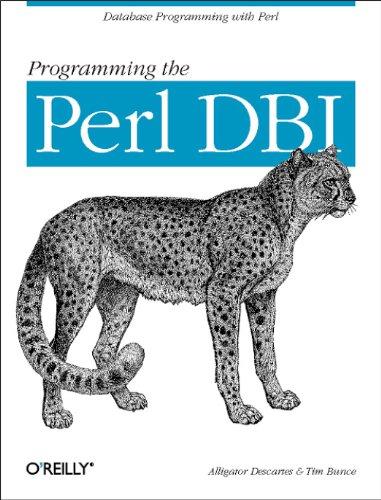Answered step by step
Verified Expert Solution
Question
1 Approved Answer
Step 1 : Declare a class Employee in two separate namespaces namely SeniorEmp and JuniorEmp & store it in Employee.h Step 2 : Define all
Step : Declare a class "Employee" in two separate namespaces namely SeniorEmp and JuniorEmp & store it in Employee.h
Step : Define all the member methods of Employee Class and store it in Employee.cpp
Employee : to initialize the member variables to NULL
EmployeeEmpNoEmpName,BasicSalary: To initialize the member variables with the parameters received
CalculateSalaryBasicSalary : To calculate the salary using following formula:
For namespace SeniorEmp: BasicSalaryBasicSalary
For namespace JuniorEmp: BasicSalaryBasicSalary
Step :
Define a main function and store it in EmployeeMain.cpp
Create an object oSenior of Employee class belonging to SeniorEmp namespace.
Calculate the salary for oSenoir and display the same using cout.
Create an object oJ Junoir of Employee class belonging to JuniorEmp namespace.
Calculate the salary for oJ unior and display the same using cout.

Step by Step Solution
There are 3 Steps involved in it
Step: 1

Get Instant Access to Expert-Tailored Solutions
See step-by-step solutions with expert insights and AI powered tools for academic success
Step: 2

Step: 3

Ace Your Homework with AI
Get the answers you need in no time with our AI-driven, step-by-step assistance
Get Started


